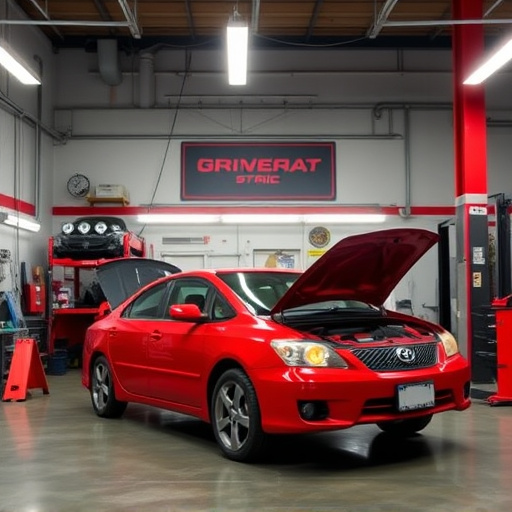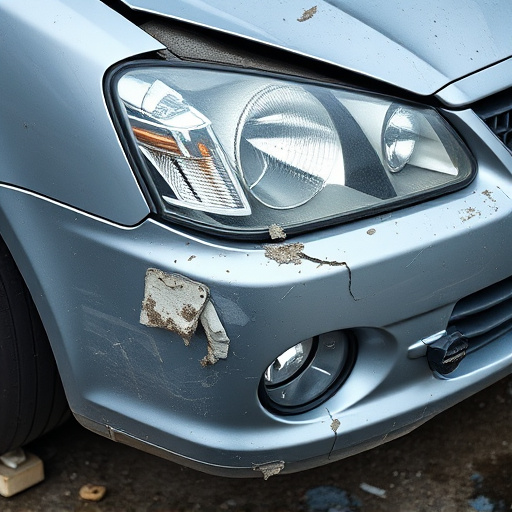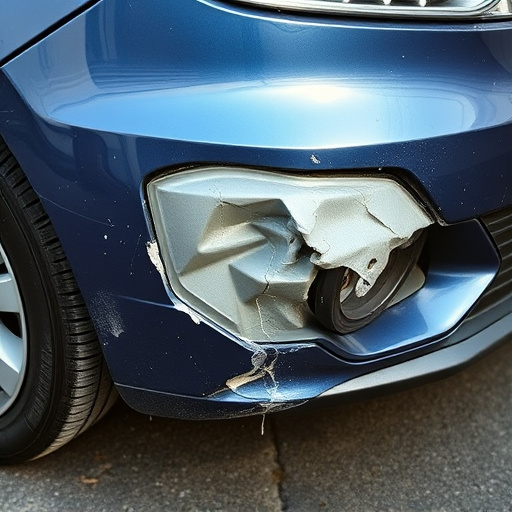Seatbelt repair replacement claims are crucial for vehicle insurance, ensuring passenger safety and efficient post-collision repairs. Insurance providers offer comprehensive coverage, streamlining the process through trusted collision centers. Efficient seatbelt repairs benefit both insurers and policyholders by reducing costs, turnaround times, and risks, ultimately leading to lower premiums and improved customer satisfaction.
The process of handling seatbelt repair replacements within insurance claims is a critical yet often overlooked aspect. This article delves into the significant impact these repairs have on both insurers and policyholders, exploring key areas such as understanding the claims process, streamlining operations through efficient repairs, and minimizing costs for all involved parties. By focusing on these aspects, we uncover how seatbelt repair replacement can serve as a game-changer in the insurance industry, promoting faster, more cost-effective resolutions.
- Understanding Seatbelt Repair Replacement Claims
- Streamlining the Process: Efficient Repairs for Insurers
- Minimizing Costs: Benefits for Policyholders and Insurers Alike
Understanding Seatbelt Repair Replacement Claims

Seatbelt repair replacement claims are a specific type of insurance coverage that plays a vital role in ensuring vehicle safety and streamlining the claims process. When a car is involved in a collision, seatbelts can sustain damage, which may not be immediately apparent. Over time, even minor wear and tear can lead to functional issues, compromising passenger safety. Insurance companies recognize this potential hazard, prompting them to include seatbelt repair replacement as part of their comprehensive coverage.
This process involves assessing the extent of damage to the seatbelts, whether it’s a simple rip or more complex structural issues. If deemed necessary, replacement parts are utilized to restore the seatbelts to their original condition. The claims process is typically straightforward; policyholders file a claim with their insurance provider, who then coordinates with a trusted collision center or auto repair near me for the repairs. Understanding these procedures ensures a smoother experience for vehicle owners when dealing with unexpected seatbelt damage.
Streamlining the Process: Efficient Repairs for Insurers

The process of handling seatbelt repair replacements can significantly streamline insurance claims for insurers. Efficient repairs mean faster turnaround times and reduced costs. When a vehicle experiences a fender bender or other minor collision, quick seatbelt replacement is crucial. Insurers benefit from standardized procedures for seatbelt repair replacement, which often involve less complex frame straightening compared to more severe accidents.
This efficiency extends beyond cost savings; it also enhances customer satisfaction. Promptly addressing seatbelt issues ensures vehicles are safe for the road again, a primary concern for policyholders. Moreover, focusing on these repairs instead of extensive body work or scratch repair minimizes the resources needed for claim processing, leading to faster settlements and happier clients.
Minimizing Costs: Benefits for Policyholders and Insurers Alike

Seatbelt repair replacement plays a pivotal role in minimizing costs for both policyholders and insurers. When a seatbelt is damaged due to a collision or accident, immediate replacement ensures that the safety feature functions optimally, reducing the risk of further harm during future incidents. For policyholders, this means lower out-of-pocket expenses as they may be eligible for reduced deductibles or claims adjustments when timely repairs are conducted.
For insurers, efficient seatbelt repair replacement processes streamline the claims process, lowering administrative costs and settlement amounts. By facilitating faster and more effective collision repair at autobody repairs centers, insurers can manage their resources more efficiently, ultimately benefiting policyholders with potentially lower premiums in the long run.
The implementation of efficient seatbelt repair replacement processes significantly streamlines insurance claims, offering tangible benefits for both insurers and policyholders. By prioritizing prompt and quality repairs, the overall cost of claims is reduced, fostering a more sustainable and mutually beneficial relationship. This approach not only minimizes financial strain on insurance providers but also ensures safer vehicles for drivers, ultimately enhancing road safety and peace of mind.














